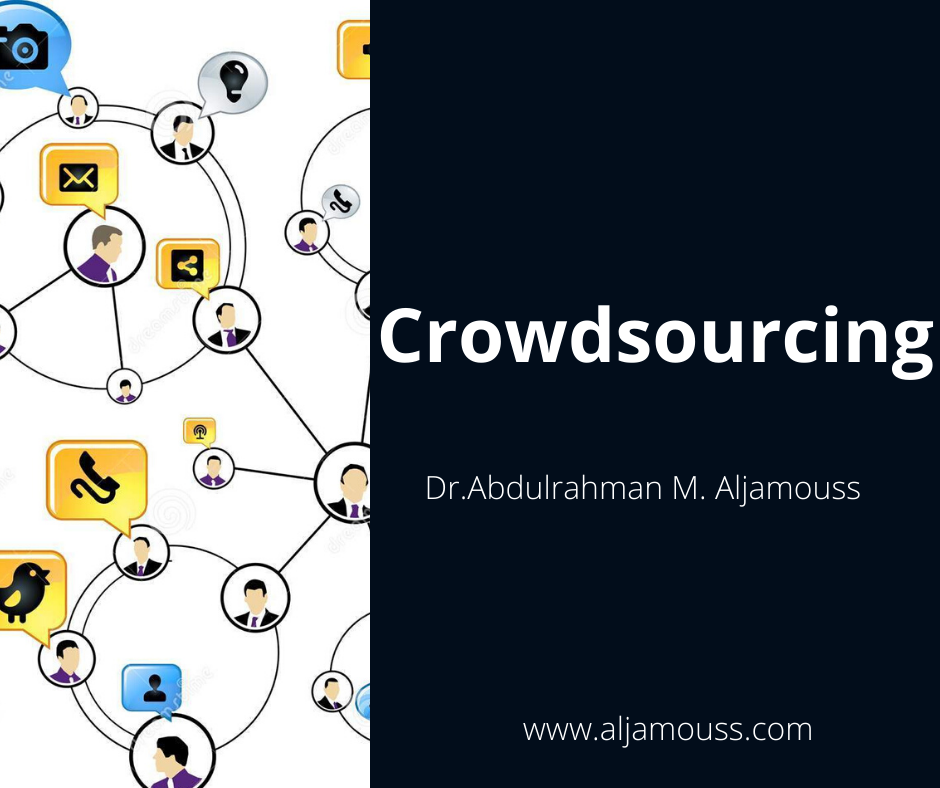Crowdsourcing
Crowdsourcing is a sourcing model in which individuals or organizations obtain services, including ideas, voting, micro-tasks and finances, from a large, relatively open and often rapidly-evolving group of participants.
Currently, crowdsourcing typically involves using the internet to attract and divide work between participants to achieve a cumulative result. The word crowdsourcing itself is a portmanteau of crowd and outsourcing.
There are major differences between crowdsourcing and outsourcing. Crowdsourcing comes from a less-specific, more public group, whereas outsourcing is commissioned from a specific, named group, and includes a mix of bottom-up and top-down processes. Advantages of using crowdsourcing may include improved costs, speed, quality, flexibility, scalability, or diversity.
In 1714, the British Government was stuck for a solution to what they called “The Longitude Problem" which made sailing difficult and perilous (killing 1,000s of seamen every year). Seeking innovation, the British Government offered £20,000 for people to invent a solution (£20,000 in 1714 is around $4.7 million dollars in 2010).
This is possibly the first ever example of crowdsourcing. The contest, considered almost unsolvable, was won by John Harrison, the son of a carpenter. Harrison invented the 'marine chronometer' (i.e. an accurate, vacuum sealed pocket watch). The aristocrats were hesitant to award Harrison the prize but eventually paid him the £20,000. This example of crowdsourcing is a fantastic one because it highlights one of the principles of crowdsourcing - innovation and creativity can come from anywhere.
